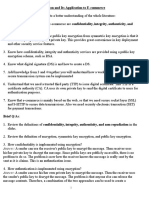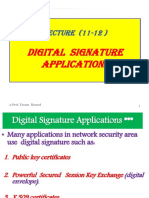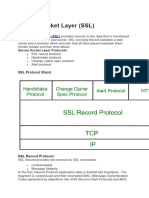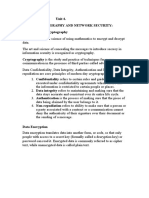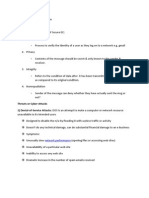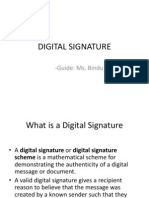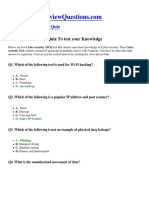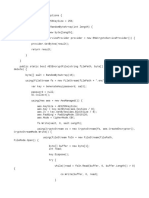0% found this document useful (0 votes)
14 views9 pagesUnit 21 Security
The document provides an overview of encryption fundamentals, including symmetric and asymmetric encryption methods, digital signatures, and digital certificates. It explains the importance of confidentiality, authenticity, integrity, non-repudiation, and availability in data transmission. Additionally, it covers Secure Socket Layer (SSL) and Quantum Cryptography, highlighting their roles in secure communication.
Uploaded by
Mazen ZaheerCopyright
© © All Rights Reserved
We take content rights seriously. If you suspect this is your content, claim it here.
Available Formats
Download as PDF, TXT or read online on Scribd
0% found this document useful (0 votes)
14 views9 pagesUnit 21 Security
The document provides an overview of encryption fundamentals, including symmetric and asymmetric encryption methods, digital signatures, and digital certificates. It explains the importance of confidentiality, authenticity, integrity, non-repudiation, and availability in data transmission. Additionally, it covers Secure Socket Layer (SSL) and Quantum Cryptography, highlighting their roles in secure communication.
Uploaded by
Mazen ZaheerCopyright
© © All Rights Reserved
We take content rights seriously. If you suspect this is your content, claim it here.
Available Formats
Download as PDF, TXT or read online on Scribd
/ 9




